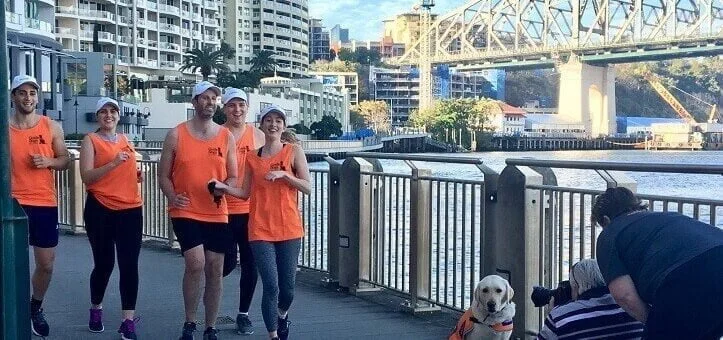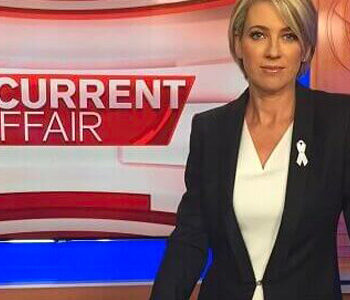
What makes a story newsworthy
Have you ever wondered what makes a story newsworthy?
A good news story is something that is interesting or important to the audience. A great story, however, can do both.
The news is a 24-hour cycle which spins around daily. So, journalists tend to follow these six news values to filter out what stories are newsworthy:
Conflict:
Controversy! The media and audience love a fight or a scandal where people and/ or organisations are pitted against each other.
New:
New acquisitions, a new service, new statistics, new technology – anything new or “breaking” is instant news.
Significance:
How big is the issue? How many people are impacted? The more people affected, the bigger the story.
Prominence:
The larger your profile or the larger the corporation, the more newsworthy you are. If you’re prominent, then even small events are significant.
Proximity:
Local is the key word. News editors are very parochial, so news that happens close to home, rates.
Human Interest:
This story is one with a human angle that evokes emotion, which can be either good or bad. These types of stories don’t date as quickly.
When a journalist or an editor decides to run the story, they will see how well the story fits these criteria. A good story will usually fall under at least two of these news values.
Competition is also key. If there are number of newsworthy stories on a particular day, chances are some stories will be dropped permanently (if they are time-sensitive) or until a new slot becomes available.
How the story is told is more important than the actual topic, so if the media does pick up your story, it may be presented in different mediums that each need to be newsworthy.
How can I get my story published on different mediums?
For instance, deciding how your story can be presented in video or print, can affect the media’s decision to pick up your story.
Print:
Printed news interviews often take place on the phone and enables you to either supply a picture or the media itself will take one.
Make sure the photo that you supply is relevant to the story and show exactly the who, what, where, how and why of the story.
With print it is mostly about what you say in your interview that makes the story newsworthy.
So, it’s important that if you do an interview on the phone, you give yourself time to prepare and have your notes in front of you. Remember though, most of the interviews are being recorded by the journalist.
Television:
Television is very different to print, as it is all about the image. To make your story newsworthy for television media, interesting footage, and a filmed interview is needed.
So, prepare ahead of time of what you want the cameras to film and what you want to say.
Sometimes, journalists might ask you to supply vision for their story, so try and gather some before meeting with the journalist. This can also be done in the form of a Video News Release (VNR).
Radio:
Stories for radio are all about what you say and how you say it.
Stick to relevant themes, as it can be easy to run away with your words. So again, prepare what you are wanting to say and make sure your voice is lively so it interesting to listen to but try to stick to your normal voice level.
Online:
Journalists writing a story on digital or online platforms, will often need a picture or video to go along with the interview.
Like print, these can both be supplied by you or your organisation. So again, make sure what you do supply is relevant to your story and highlights what you want to portray.
Have you ever managed to get yourself in the media spotlight.


